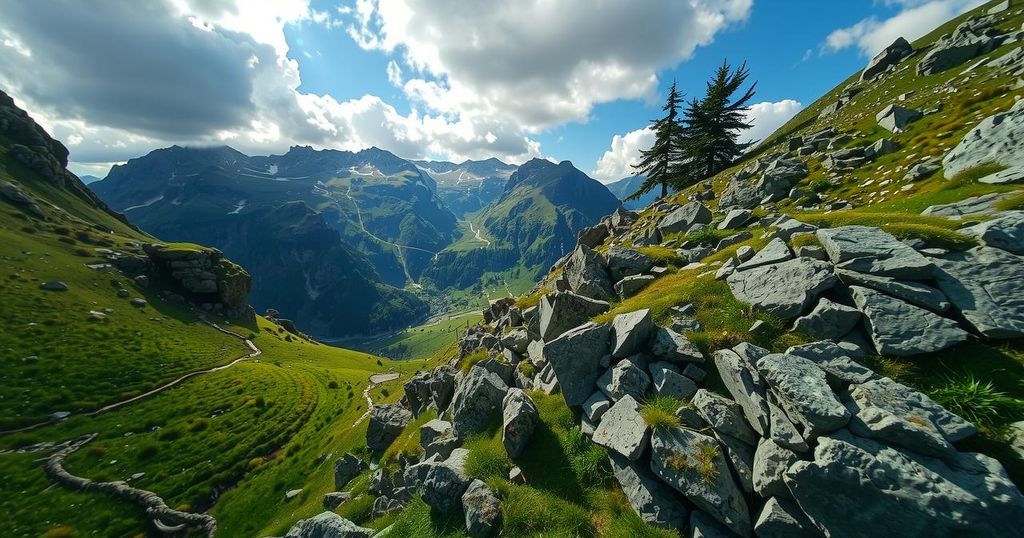Intensifying Natural Hazards in the Swiss Alps Due to Climate Change

A Swiss study analyzes the effects of climate change on natural hazards in the Alps, revealing an increase in rockfalls and heavy precipitation events that lead to mudslides. The study highlights the interconnectedness between glacier retreat, permafrost thaw, and rising natural hazards, necessitating urgent action to address these challenges.
Climate change is increasingly impacting natural hazards in the Swiss Alps, presenting significant challenges for the region. A comprehensive study conducted in Switzerland examined over 300 scientific publications over the last thirty years, highlighting the escalation of rockfalls in high-altitude areas. This phenomenon is attributed to the thawing permafrost and retreating glaciers, which diminish the stability of rock formations and facilitate the dislodgement of stones and rock masses, as reported by the WSL Institute for Snow and Avalanche Research (SLF). Furthermore, the frequency of heavy precipitation events capable of inducing mudslides has significantly risen. Increased activity is now reported in regions above the tree line and in previously unaffected areas. The decline of glaciers has resulted in more loose debris that can be mobilized during these precipitation events. Interestingly, while avalanche occurrences in lower altitudes are declining due to reduced snowpack, higher altitudes are experiencing a slight uptick in avalanche activities. Notably, the loss of glaciers correlates with fewer ice avalanches; however, observations indicate that larger ice avalanches have become more frequent since the onset of the new millennium. This situation is critical and calls for continued monitoring and mitigation efforts to address the increasing risks posed by climate change in the Swiss Alps.
The Swiss Alps are undergoing significant changes due to climate change, affecting their natural hazard landscape. Recent studies indicate an alarming rise in rockfalls linked to the thawing of permafrost and glacial retreat, revealing a complex interplay between geological stability and climatic factors. The increase in heavy rainfall events further exacerbates the situation, providing a conducive environment for mudslides and other natural disasters. Understanding these changes is vital for climate adaptation strategies and disaster readiness in this vulnerable region.
In summary, the impacts of climate change on the Swiss Alps have intensified natural hazards such as rockfalls and increased occurrences of mudslides and avalanches. The study’s findings underscore the pressing need for effective strategies to manage these risks and protect both the environment and communities in the Alpine region.
Original Source: www.swissinfo.ch







